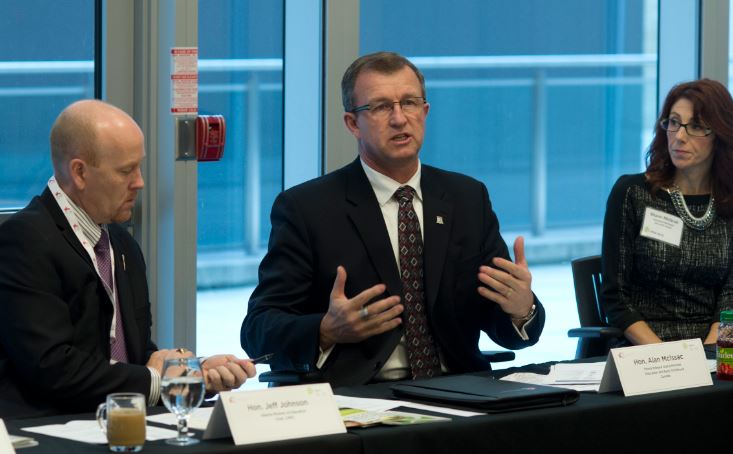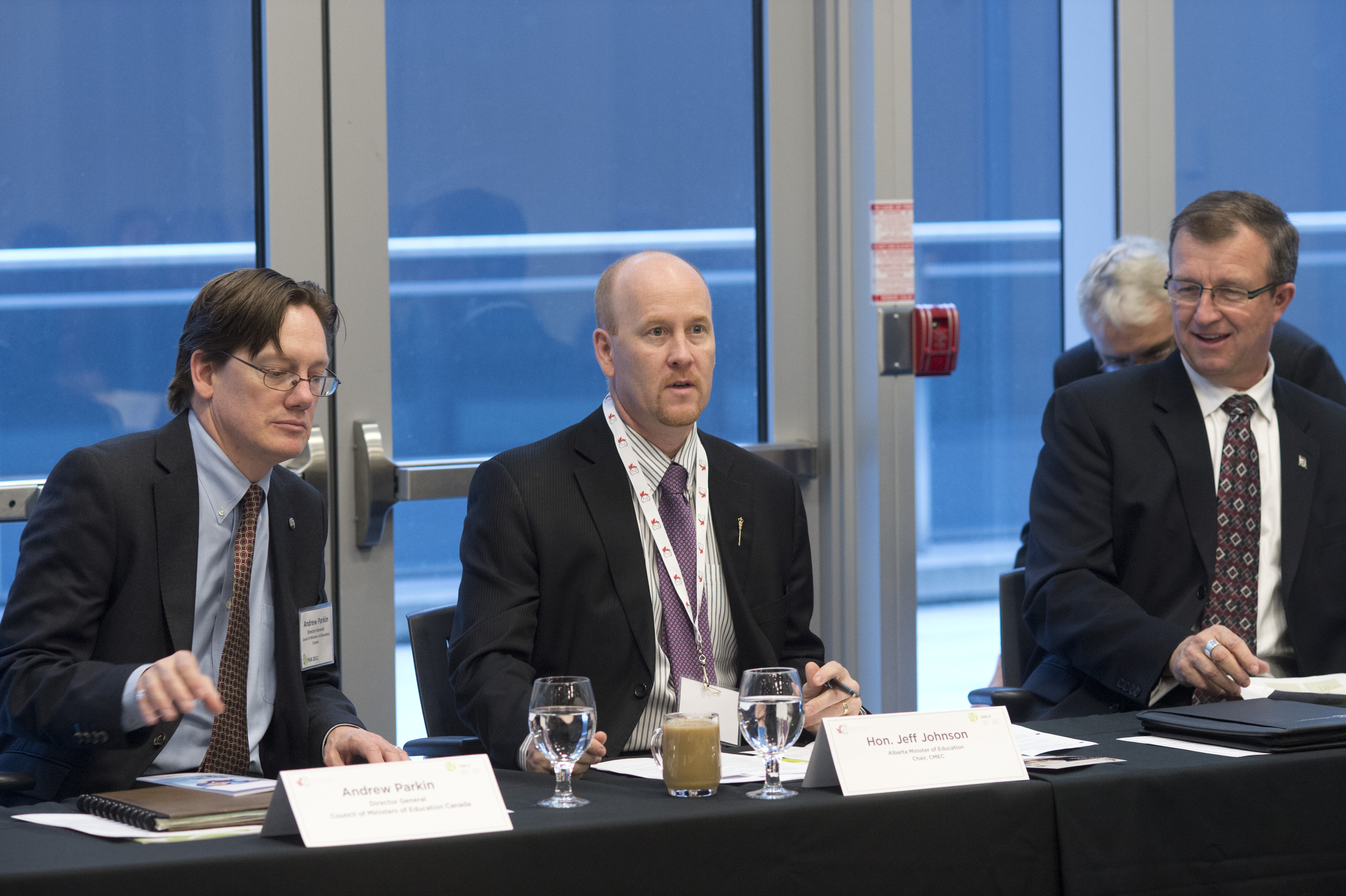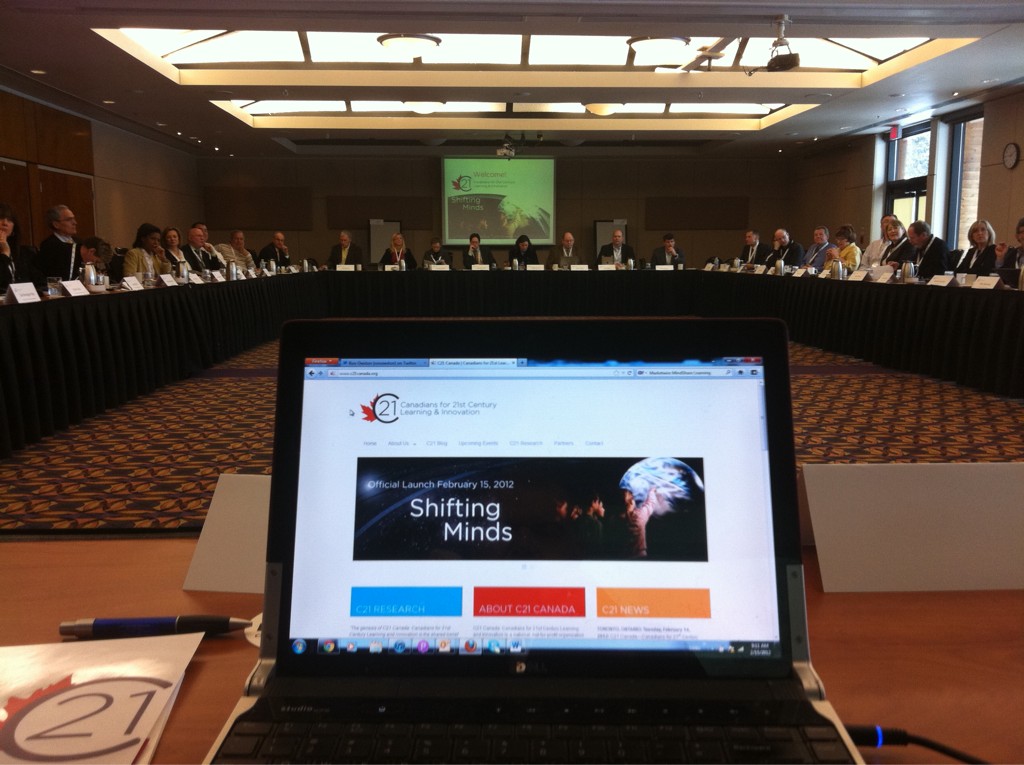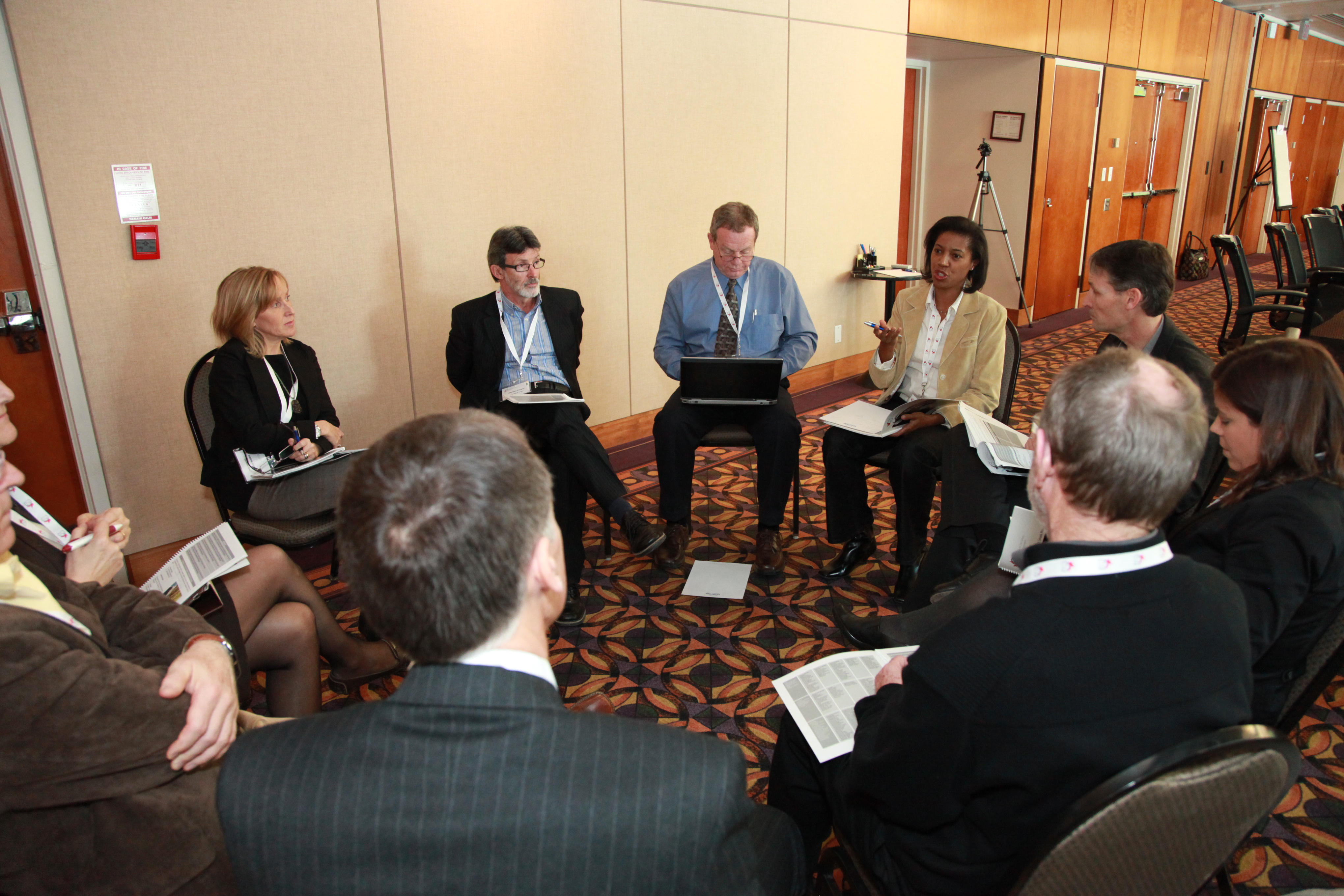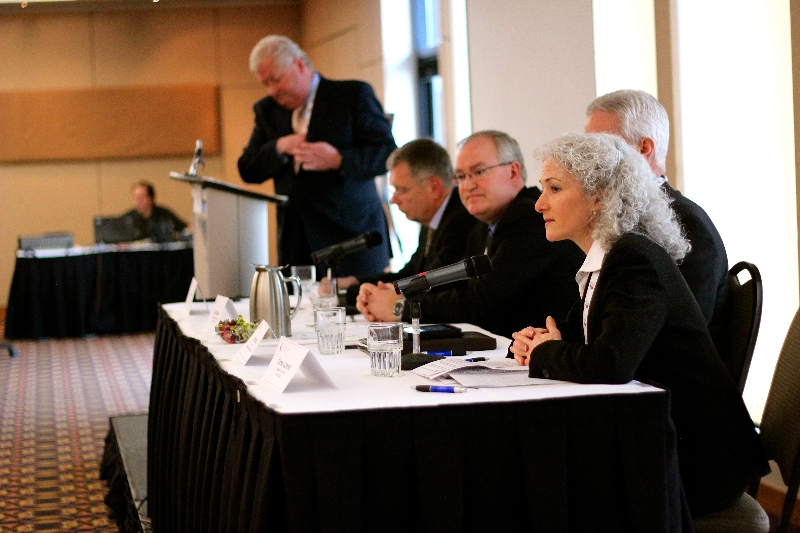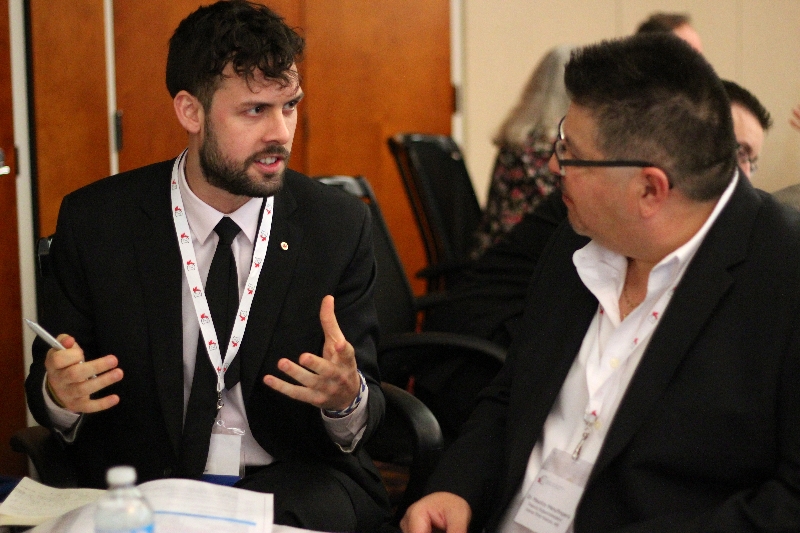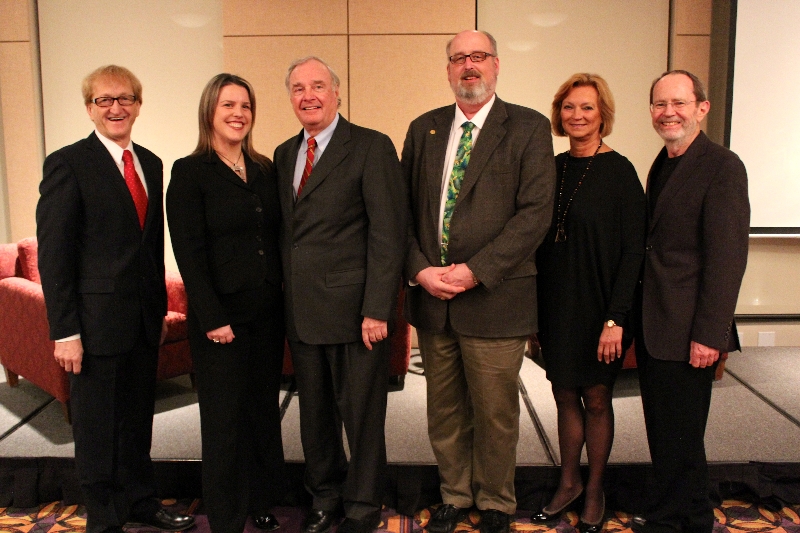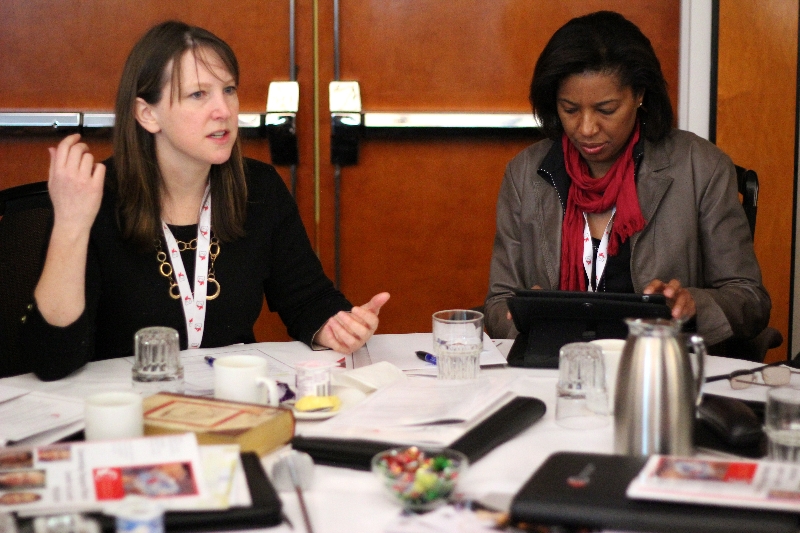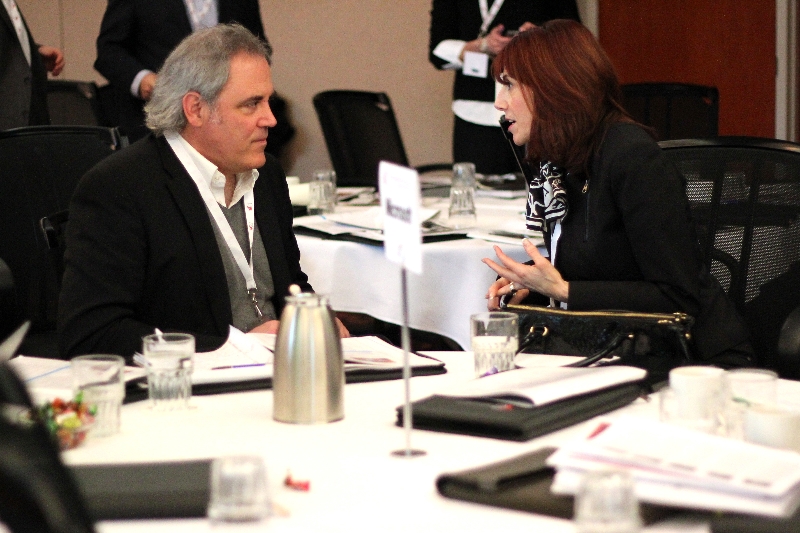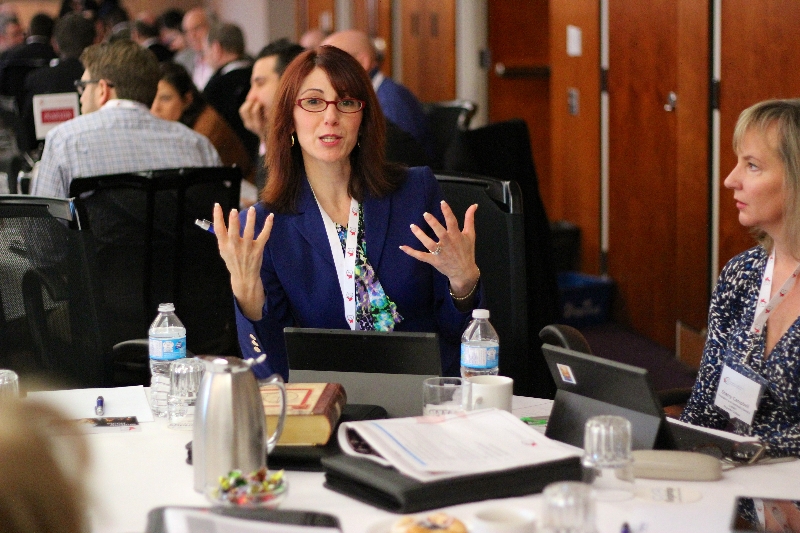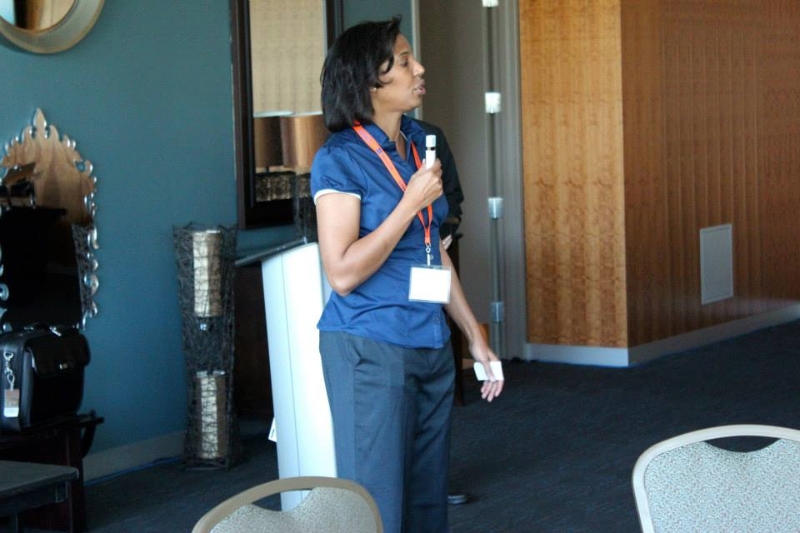Here are suggested opportunities for supporting C21 Canada and its Guiding Principles:
Students: Engage and collaborate with your teachers and administrators to determine your personalized needs, interests and aspirations as a learner. Advocate for your schools to adopt modern teaching practices and to provide you with technology-rich learning environments.
Teachers and School Leaders: Lead the change by adopting 21st Century principles in your school improvement plans and innovative instructional practices in your classrooms. Monitor and report on the engagement of your students on an ongoing basis using the goals of the school plan and measured evidence. Above all, model 21C frameworks in professional learning and daily work.
Parents: Call on educators and governments at all levels to provide your children modern learning opportunities and access to technologies in the classroom.
School Boards: Endorse the principles of Shifting Minds and make 21st Century models of learning a priority for your Board and the schools within your area of responsibility; monitor student engagement and performance; call on your provincial leaders to support the shift to 21st Century models of learning province-wide; provide 21st Century training for your educators; enhance the pace of investments in learning technologies and shift your focus and budgets accordingly.
Education Leaders: Create 21st Century inspired education strategies and school improvement plans and make the changes happen within your schools, and advocate for change throughout your education system.
Faculties of Education: Adopt and implement 21st Century training standards for pre-service teachers, including the integration of technology with pedagogical practices, and create 21st Century learning environments within your faculties.
Ministers of Education and CMEC: Lead the shift to 21st Century models of learning in Canada by setting clear goals and objectives for provincial and territorial education systems, including: re-designing learning outcomes and curriculum; providing personalized access to technology for students and teachers; setting new 21st Century standards for educational leaders and modernizing teaching standards; and providing targeted funding to accelerate the pace of integrating learning technologies into classrooms.
Public: Call on governments at all levels to adopt 21st Century models of learning and to accelerate the pace of investments in technologies in Canada’s schools and classrooms for students.
Education Sector Leaders: Collaborate with Ministries of Education to design relevant learning spaces and pedagogically sound learning tools and resources for the 21st Century learner.
Business and Industry Leaders: Call on all levels of government to shift to 21st Century models of learning and to accelerate the pace of integrating technology into education systems across Canada to ensure students graduate with the skills to be successful global citizens in the 21st Century. Emulate and promote life-long learning practices. Historically the pace of change in education is slow relative to other sectors of society. But, in today’s world where social media has changed nations, clearly a concerted call to action by all involved has the potential to move Canada to the leading edge of learning, to the benefit of all Canadians.




